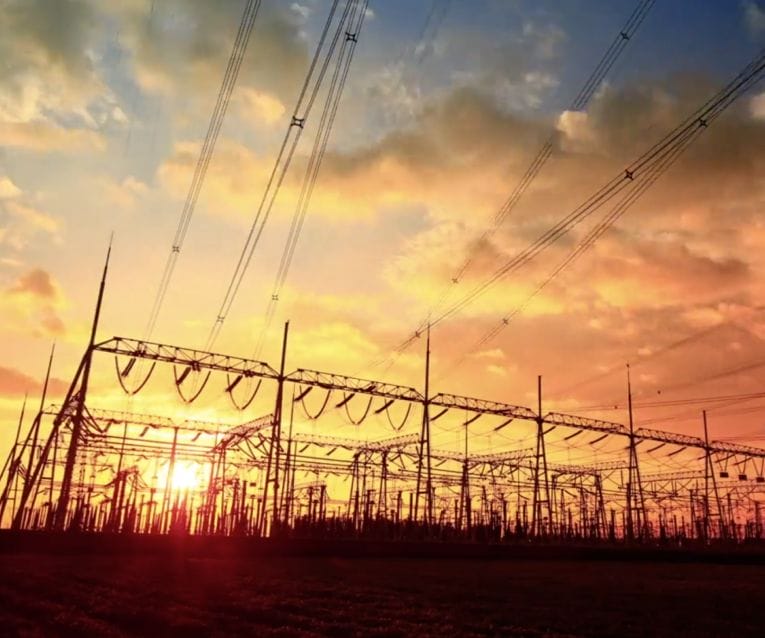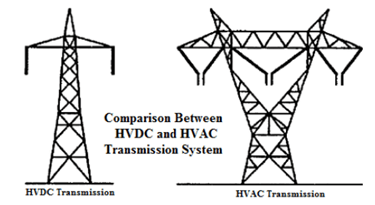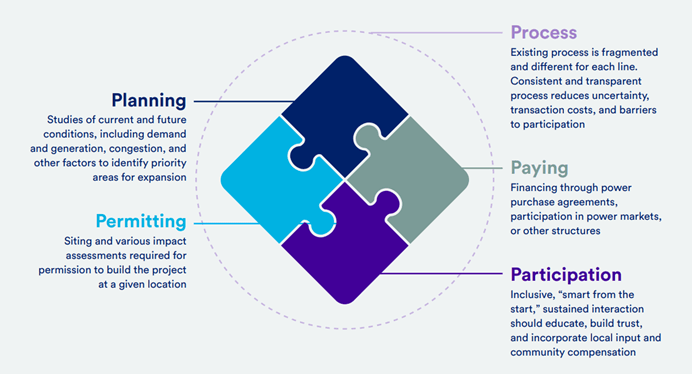No Transition Without Transmission
Ray Wright, NovaTech Automation SVP Marketing
There can be no transition without transmission.

In our previous three Keep It Cool articles, we looked at how new control systems will be required to accommodate high penetration of renewable solar generation, the new role of residential energy consumers that are becoming solar energy producers, and the importance of clean, baseload nuclear power in achieving Net Zero. In this article, we’ll look at a critical component to our renewable energy future – one that requires change, action, and compromise from all of us: transmission lines.
US electrical power is generated mostly by large fossil fuel plants (60.2%), with lesser amounts generated from nuclear (18.2%), hydro (6.2%), wind (10.2%), solar (3.4%), and other (1). Most of the big fossil plants are located near sources of fuel and cooling water, many not far from major urban load centers. Our high voltage transmission infrastructure gets the power from the plants to where it is used; balancing authorities ensure power supply matches power demand. Over the next couple decades, most of that fossil generation will be replaced with wind and solar. Those new sources are technologically and commercially proven, but subject to real implementation challenges.
The big challenge, of course, is location. Many of the places where the wind blows consistently, and the sun shines a lot – and land is cheap – are far from load centers. New high voltage transmission lines are needed to connect these renewable energy sources to the grid, plus our entire T&D infrastructure needs to handle much more power.

Annual average daily total solar resource and annual average wind speed 100m above surface level.
Insufficient Transmission Infrastructure: How big of a problem is this ?
Very big. According to the Department of Energy, the US must increase transmission capacity by about 57% by 2035, to 47,300 GW-miles, based on a scenario of moderate load and high clean energy deployment on the back of the Inflation Reduction Act and other enacted legislation. Furthermore, there are more than 2,000 gigawatts of renewable energy – as much as 2,000 fossil plants – waiting in line for approval and interconnection, according to the current Federal Energy Regulatory Commission (FERC) chairman. Today, permitting takes too long – usually five years or more – due to competing interests from regulators, landowners, and utility companies (3000+ in the US).
Permitting is not the only challenge. New sources for the material to build out new lines, such as the special steel for transformers, will need to be put in place, and we’ll need more skilled labor to construct the lines. But we are seeing progress. Here’s a summary of promising developments in line permitting, interconnection, and construction.
Get the red (tape) out.
In March of this year, the US congress reintroduced the Streamlining Interstate Transmission of Electricity (SITE) Act. This bill would establish a new federal siting authority at the Federal Energy Regulatory Commission (FERC) to ease the process of constructing long range, inter-regional high voltage transmission lines. Federal authority, armed with expanded eminent domain, could override regional and local interests to address national priorities for reducing carbon and increasing energy independence.
In California, where the Independent Systems Operator (ISO) predicts peak demand for electricity will nearly double by 2040, two new bills are now in place. The first limits the time a project can be tied up in litigation to 270 days. The other bill grants expedited approval for projects with a capital investment of over $250 million over five years.
Interconnections Progress
In July of this year, FERC took major steps to streamline the interconnection processes. Included in the new rules: institution of first-ready-first-served and cluster implementation study processes, increased financial commitments for interconnection customers, imposition deadlines and penalties if transmission providers fail to complete their interconnection studies on time, incorporation of new technologies into the interconnection process, and updated modeling for inverter-based resources. “This new rule will enable America’s vast power generation resources to connect to the grid in a reliable, efficient, transparent, and timely manner, and in doing so, help provide more reliable, resilient, and affordable electricity for all consumers,” FERC Chairman Willie Phillips said. “This is a watershed moment for our nation’s transmission grid.”
Watts Up
Upping the capacity of existing power lines and putting more power through new lines is also part of the solution. New materials for the transmission wires promise higher capacity. We currently use aluminum-conductor steel-reinforced cable (ACRS). The steel provides strength, and aluminum enables power transfer. A new design replaces the steel with strong, lightweight, carbon composite. This enables more aluminum to be used, enabling increased power flow.
Up the Ratings, Too
New measurement and communication technologies are enabling transmission operators to increase line loading in response to favorably changing environment conditions. Here’s why: The maximum power transferred by a transmission line is constrained by its thermal rating; more power means more heat which in turn means more line sag and more concern about reaching high temperatures that would weaken the line. Environmental conditions – primarily ambient temperature, solar radiation, wind, and precipitation – affect the thermal ratings of the line. New low-cost measurement and wireless technologies are making it more cost effective to bring these measurements into loading models. Armed with these data, when it’s raining, or the wind is blowing hard, or it’s cloudy or cold, the line can be more highly loaded.
HVDC Transmission
Nearly all high voltage transmission infrastructure in the US transmits alternating current (HVAC), but for longer lines, like the ones needed to connect many renewable farms, High-Voltage Direct Current (HVDC) provides economic and environmental advantages over HVAC. Only two conductors are required for DC, saving on copper and other materials, and reducing the right-of-way acreage. Furthermore, more power can be delivered with DC for the same size conductor, due to reduced losses. With those advantages, one might ask why HVDC is not used everywhere; the reason is the expensive converter stations required to convert AC-to-DC and DC-to-AC. The break even for land based HVDC lines is about 400-500 miles, but that’s changing. New lower-cost conversion technologies promise to reduce that to below 100 miles (3).

Comparison of HVDC and HVAC tower structure
Pulling it all together
The Niskanen Center, a Washington DC think tank, produced an article, “How are we going to build all that clean energy infrastructure?” (4). In addition to defining the three P’s that have traditionally enabled transmission – planning, permitting, and paying – the article introduces two additional P’s: Process and Participation. Each is summarized in the graphic below.

As noted in the article, “Establishing an inclusive and transparent process for transmission development, including addressing planning, participation, permitting, and paying, is crucial for meeting a zero-carbon energy goal.”
What can you do?
Solving this critical challenge of building power lines is not just a job for regulators, technology suppliers, and utility people; it will require compromise and support from residents and power users. An attitude of compromise can start with an appreciation that the new power lines are just as important to a cleaner and healthier planet as solar and winds farms. We cannot transform our energy environment without a major increase in transmission lines, pure and simple. In coming elections, many of us will be seeing referendums for new power line construction; let’s vote “yes” for a healthier planet.
1. February 2023, the US Energy Information Administration
3. Image and material from https://www.electricaldeck.com/2021/08/comparison-between-hvdc-and-hvac-transmission-system.html
4. How are we going to build all that clean energy infrastructure? (niskanencenter.org)